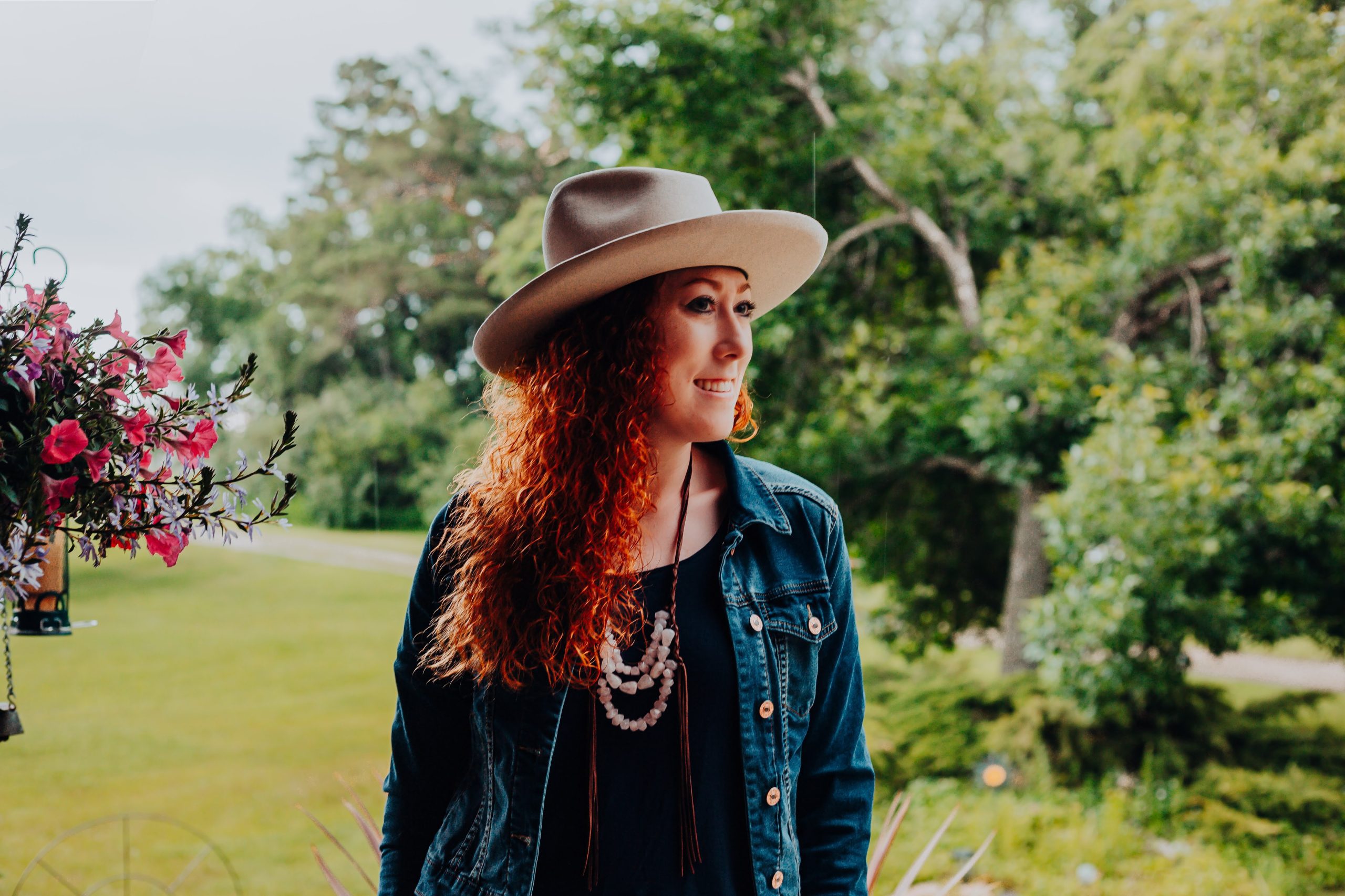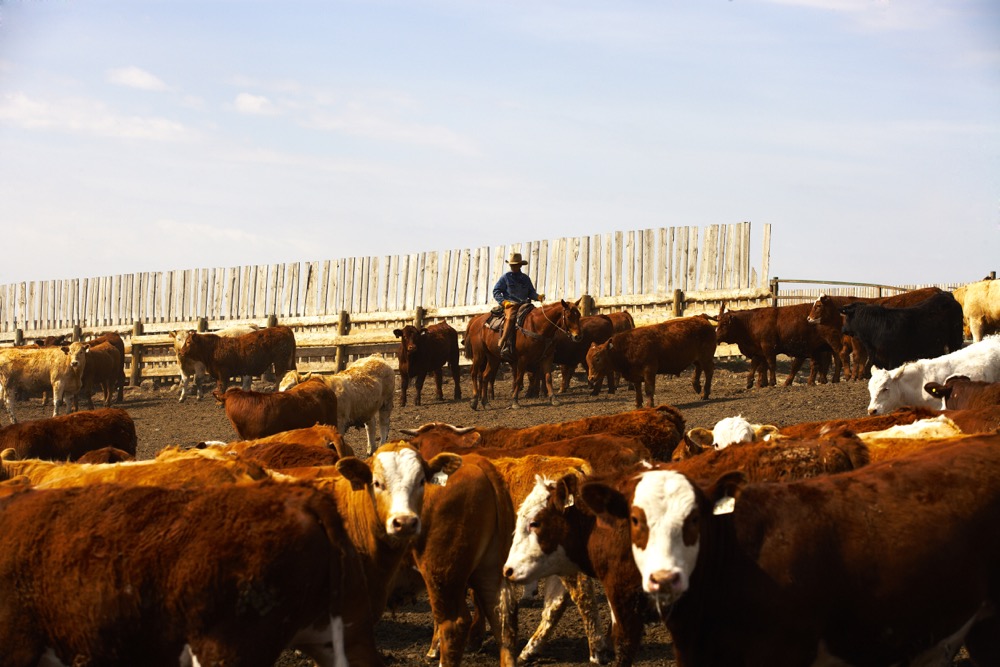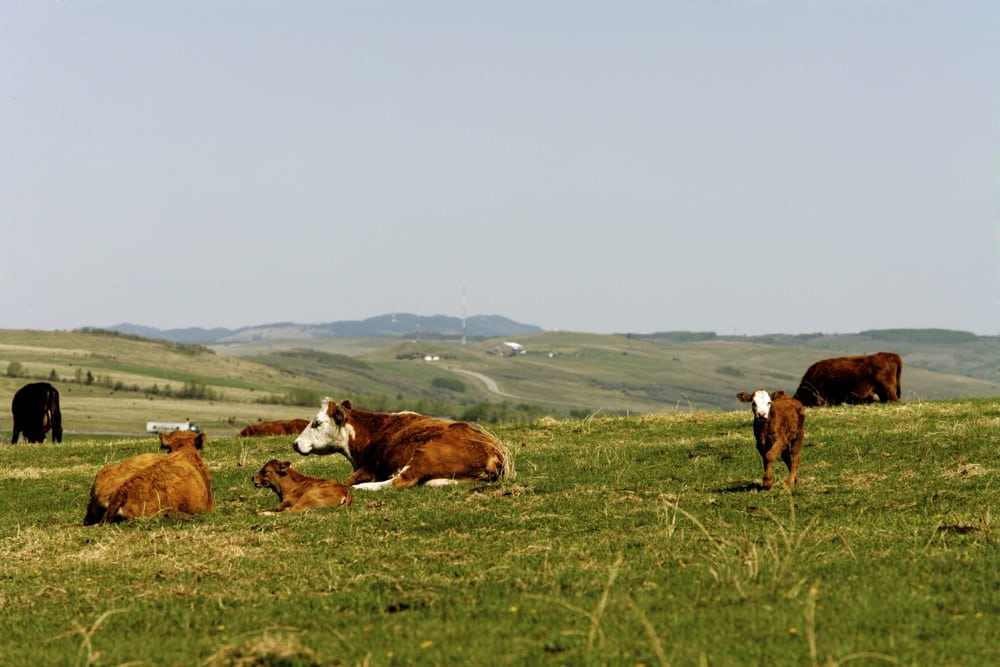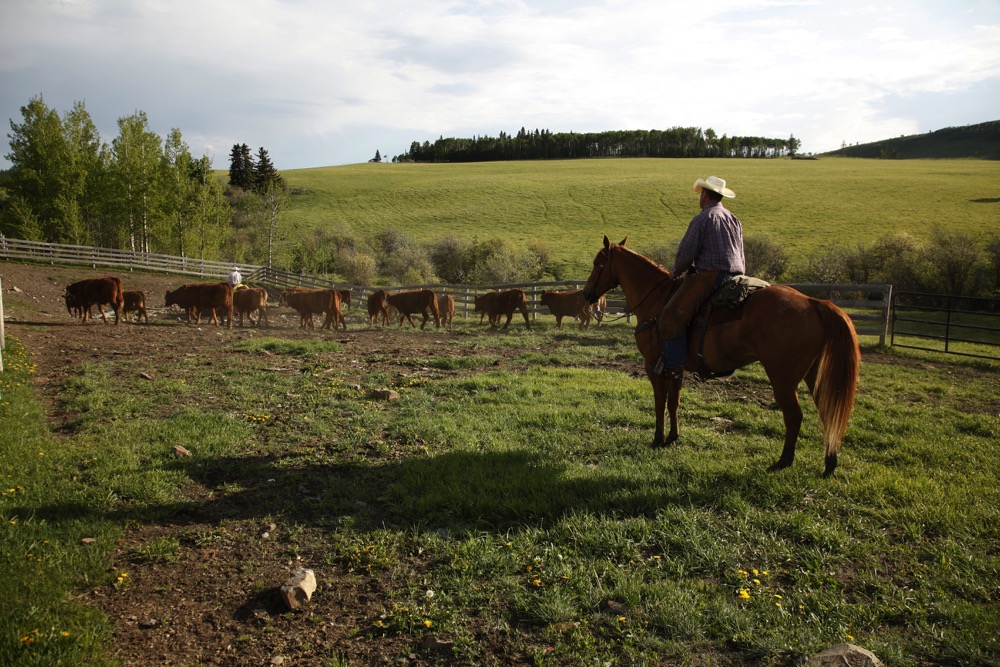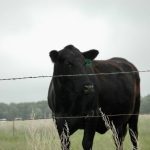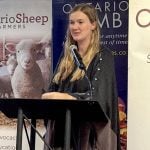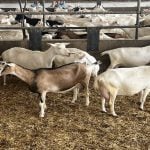This is the second in a two-part series on the issues currently of interest to Alberta Beef Producers ahead of its producer meetings. Read the first story here.
The number of cattle producers in Alberta choosing to keep the refundable portion of their check-off has put Alberta Beef Producers in a difficult spot financially.
As a result, the organization has had to change its funding to the Canadian Cattlemen’s Association (CCA), leading to other financial issues, ABP chair Melanie Wowk reports.
Read Also
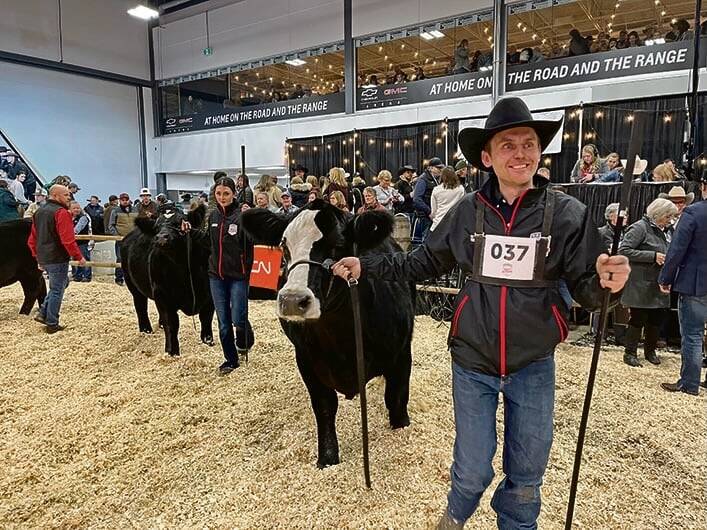
What to know before you go to Agribition 2025
If you’re attending Agribition 2025, this is the place to find out about tickets, dates and what’s happening this year.
Of the $4.50 check-off, the $2.50 national levy is non-refundable and supports Canada Beef, Beef Cattle Research Council and Public and Stakeholder Engagement. The remaining $2, the provincial levy, is refundable, with the option to leave the portion earmarked for CCA.
“Out of that $2 provincial levy, 53 cents was going to the Canadian Cattlemen’s Association. When that refund is pulled back by a producer and the 53 cents isn’t left in, we still have that commitment of a full 53 cents on every marketing, not only net marketings,” says Wowk.
“What our board has directed us to do is to fund the Canadian Cattlemen’s Association on net marketings and not gross because that’s the money we have coming in. Our board has directed us to a certain amount of a budget to keep ABP’s marketing and research initiatives top priority, and we need a certain amount of money to do that.”
This has forced ABP to decrease its funding to organizations such as Cows and Fish, the Alberta Farm Animal Care Association and the University of Calgary’s Simpson Centre for Agricultural and Food Innovation and Public Education.
The funding issue is just one topic to be discussed at ABP’s upcoming producer meetings, scheduled throughout late January and early February. Another topic sure to be covered is the shortage of veterinarians in Alberta, something that Wowk, a veterinarian herself, has seen get steadily worse over the years.
“There’s a need for 350 veterinarians right now in this province, and that’s not going to happen overnight,” she says.
“It’s starting to become an animal welfare issue, especially in the large animal sector. People cannot find a vet…some of them are hundreds of miles away from a clinic, they can’t get antibiotics, they can’t treat their animals, and so it’s getting to that point.”
ABP has been in discussions with the provincial government and veterinary association on how to address this shortage, focusing on how to attract the young women who make up the majority of veterinary classes to practicing in rural Alberta.
“I think that the veterinary colleges could possibly make some changes into their entrance requirements or possibly open up more seats for people from rural backgrounds, and that doesn’t mean they have to be from a farm, but even if they’re from small communities, the likelihood of them going back into those communities is greater,” she says.
“The question is how do we keep them there and how do we keep them practicing? That, I believe, is something that the counties and the rural municipalities (are) going to have to work on as well.”
Despite these challenges, Wowk is looking forward to what 2022 has in store for ABP, including working with Alberta’s new agriculture minister, Nate Horner.
“He is from a rural background, primarily cow-calf, I think they do some feeding, understands our industry, knows where we’re coming from, and we’re really, really excited to be working with him,” she says.
Producers are asked to register online for ABP’s in-person zone meetings. A virtual meeting for producers from all zones is also set for February 10.

